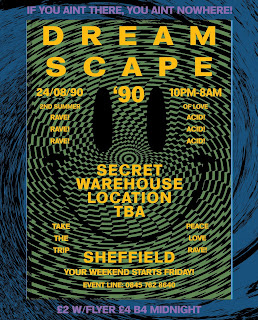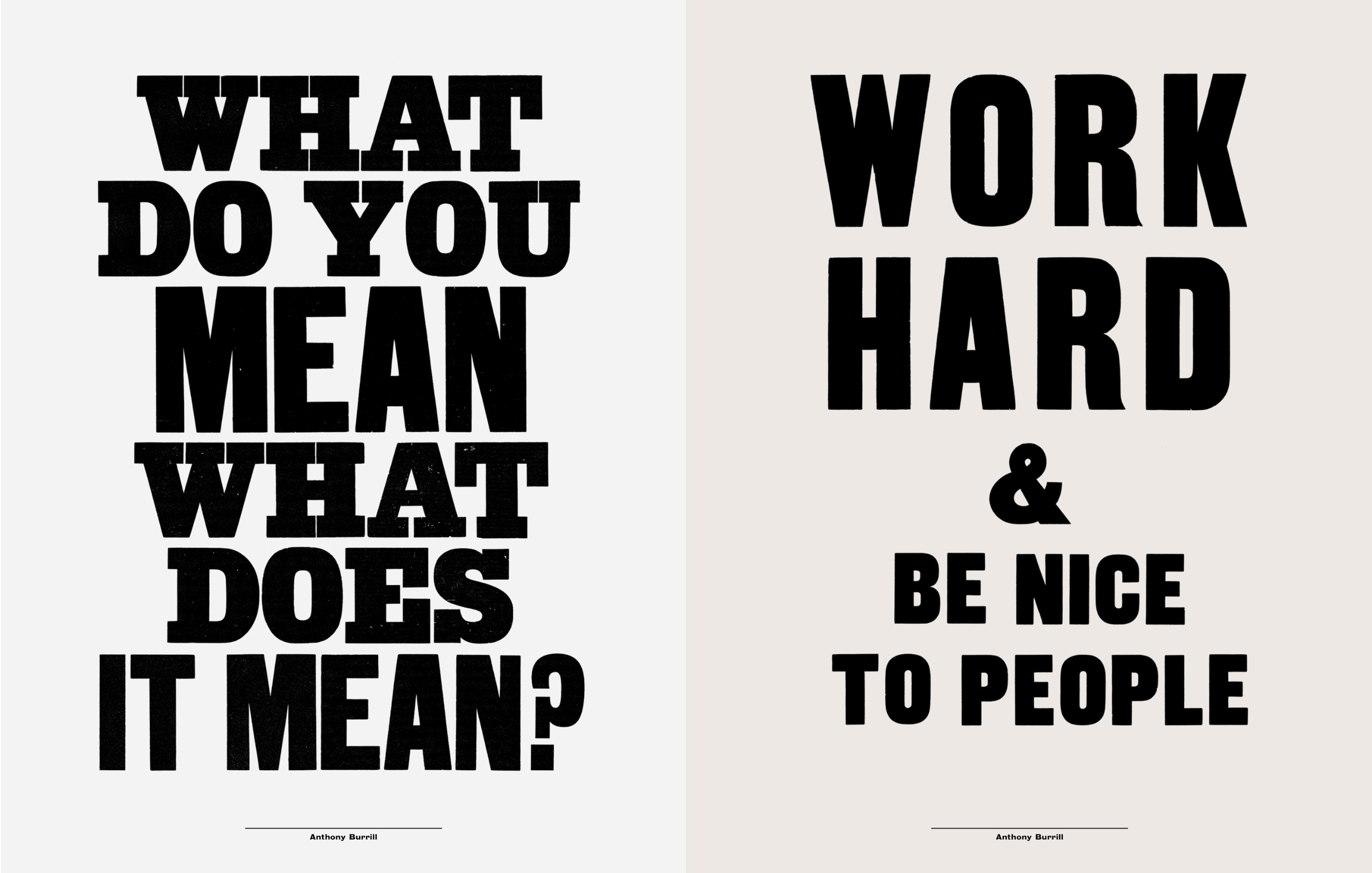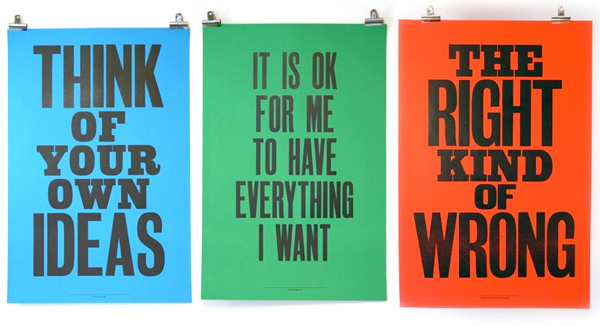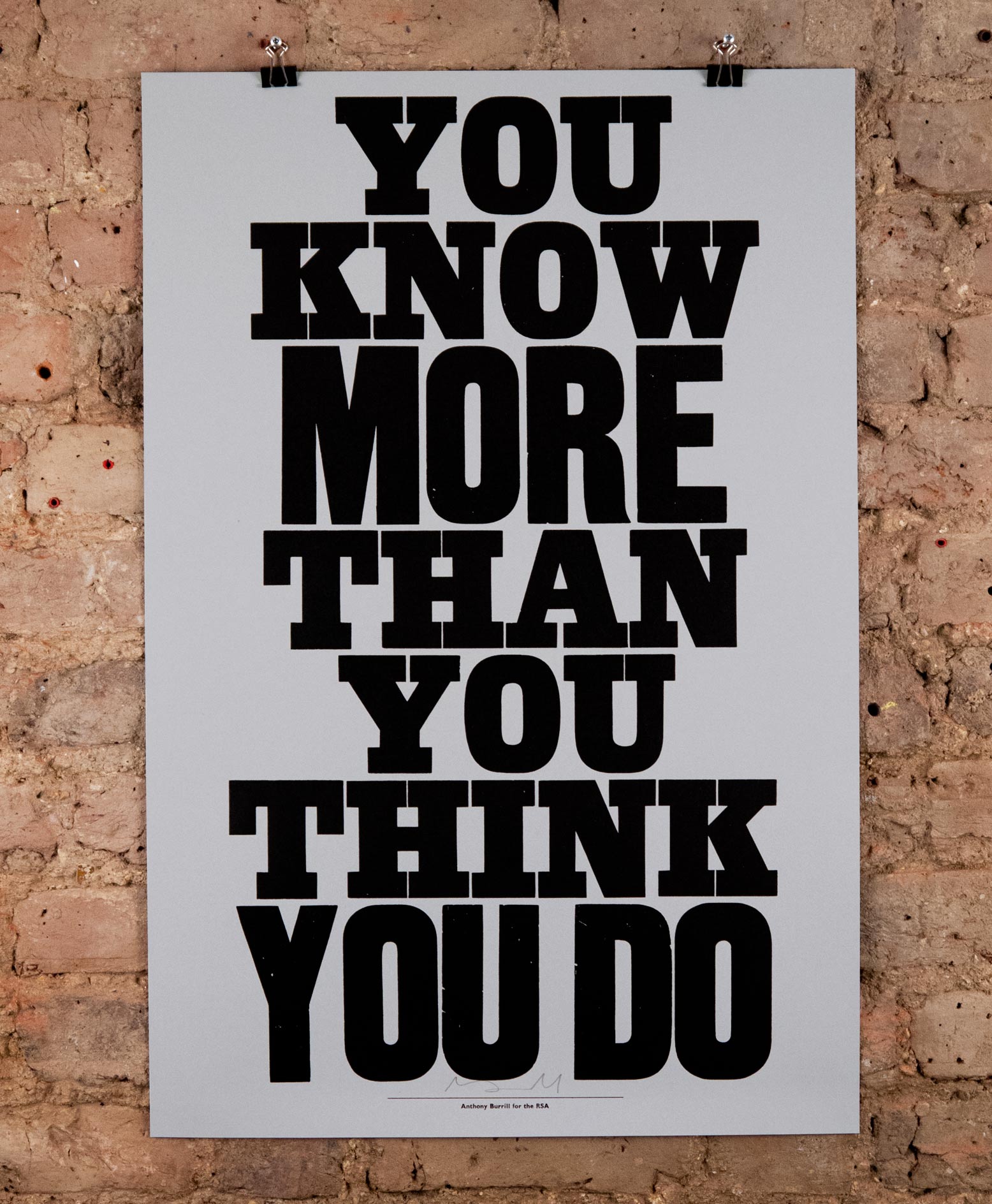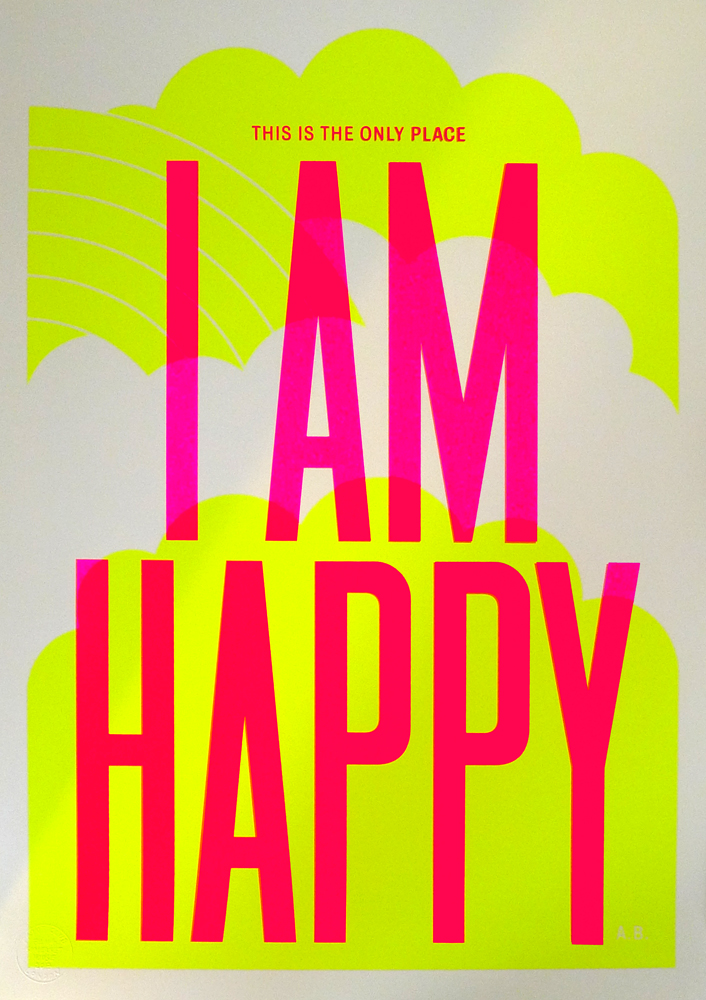I began by sketching out my initial ideas surrounding the theme of Dante's Inferno using Illustrator. I decided to use this software because I knew that I wanted the final designs to feature clean, vectorised illustrations and type. I did consider sketching out the designs by hand, but realised that this sort of aesthetic was not what I was aiming to achieve. I knew from the start that I wanted the designs to be aesthetically pleasing, visually appealing, gorgeous and lust-worthy, to make a direct reference to the initial quote which sparked my imagination.
I began by trying to depict the idea of Dante's Inferno with the nine separate descending circles of hell. I wanted to represent them in a minimal, contemporary way, so I played around a lot with pure lines and simplistic, thin circles. These patterns were also partly inspired by some of the ornate patterns I have observed on a range of traditional bank note designs. In context, these patterns act to protect the design from being easily copied or faked. They are basically beautiful security features, which are subtle and almost unnoticeable to an untrained eye. I am unsure at the moment whether or not to focus on developing these patterns, because I am not sure if I want my designs to feel that traditional or reminiscent of past designs.
I moved quickly away from trying to represent the nine circles in a 3D way, and started to experiment with more 2D, geometric patterns. I began to see what the circles would look like in a repeat pattern and the results were pleasing. These repeat patterns could form the background of the designs and could also double up as 'security patterns'. I think using circles to represent the idea of 'hell' is a subtle way of making a comment on money being the driving force of much evil. I don't want to simply plonk an image of the devil on the banknotes, because that would be too obvious to me.
I then began to assess some typography choices. From my common knowledge, I already have an idea of what sorts of typefaces are synonymous with bank note designs. Traditional notes form this country usually feature very ornate, hand drawn serif fonts. This is to keep in line with traditional aesthetics. I could go down this route, but I want my notes to feel of the time. Therefore, a contemporary sans serif would be more suitable in my eyes. I experimented with a number of serif, sans serif and black letter typefaces, and at the moment, Harbour Bold is looking to be my favoured typefaces because it feels highly contemporary but still makes references to classic Germanic black letter design. I like the idea of creating a hybrid between contemporary and traditional aesthetics.





















